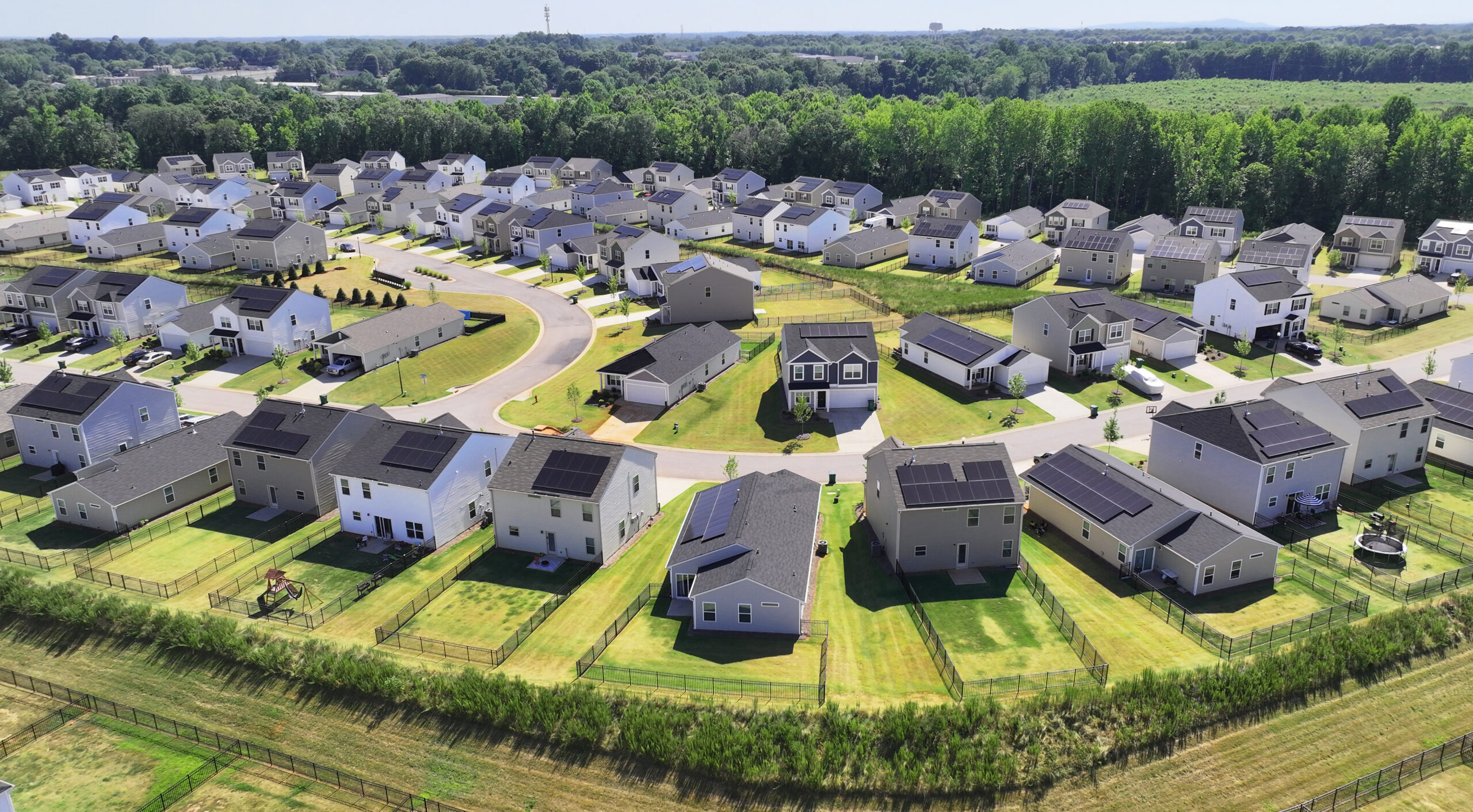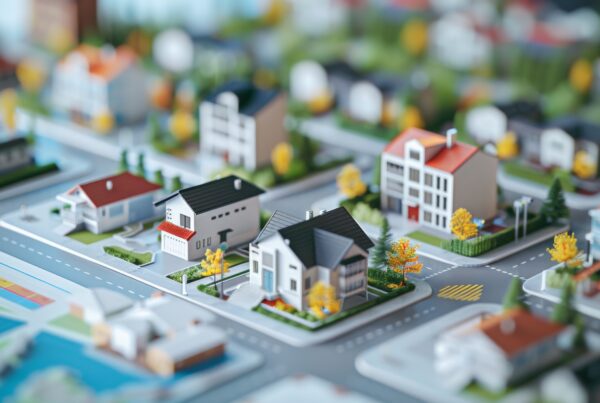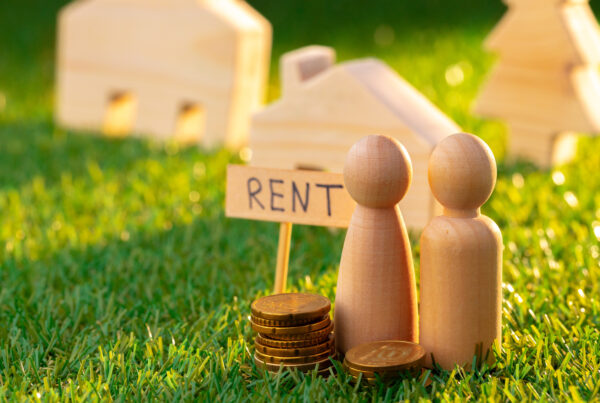Where we live has an expansive impact on our lives. It’s where we build family bonds, form friends, and create lasting memories.
It’s also their most significant impact on the environment for most people.
The built environment, the manufactured structures that provide the setting for human activity, including roads, office buildings, and, of course, our network of housing infrastructure, has an enormous carbon footprint.
One report estimates that the total built environment is collectively responsible for 42 percent of carbon emissions. Residential housing is one of the greatest culprits. As a report to the United Nations Human Rights Council notes, “The way we build, heat, cool, and seal land with housing and infrastructure contributes to 37 percent of carbon dioxide emission alone.”
Put simply, our housing has a profound impact on the environment, a reality that reverberates for decades. With the average home lasting 70 – 100 years, our decisions will continue to resonate for generations.
At Quinn Residence, we aren’t just committed to providing modern homes for the modern renter (which we are!). Sustainable living starts at home, and we are dedicated to ensuring that today’s housing meets today’s needs and safeguards the environment for tomorrow.
”The way we build, heat, cool, and seal land with housing and infrastructure contributes to 37 percent of carbon dioxide emission alone.
How Quinn Residences Supports Sustainability At Home
#1 Building Homes With Zero Carbon Footprint
The Home Energy Rating System (HERS) Index is the industry standard for measuring a home’s energy efficiency.
The national average HERS score is 57, indicating that homes have made progress toward optimizing energy performance but have not eliminated their carbon footprint.
Quinn Residences works diligently to attain a HERS score of zero, renting residential homes that produce as much energy through renewable resources as it consumes.
#2 Making Solar Standard
Solar power is the preferred power source for 67 percent of people. With adoption soaring, nearly 90 percent of Americans are happy with their solar panels and 82 percent would recommend solar panels based on their personal experience with the technology.
Today, Quinn Residences has one community where solar power comes pre-installed every home, and five new communities are set to follow, further expanding our commitment to sustainable living.
Solar power will be a company-wide initiative over the next several years, bringing energy independence, lower costs, and environmental sustainability to every Quinn Residences community.
#3 Prioritizing Energy Saving Technologies
Small decisions can have a cumulative impact on the environment.
For example, selecting EnergyStar appliances, heating and cooling solutions, and construction practices means that a home uses less energy for heating, cooling, and overall operations, which reduces greenhouse gas emissions and enhances sustainability.
Other technologies, like heat pumps, are further maximizing energy savings. Climate control is a top priority for homeowners, especially in hot Southeastern climates, and heat pumps and HVAC systems that regulate indoor temperatures by pumping air in and out of your home offer a more efficient and environmentally friendly alternative to traditional HVAC units.
When coupled with low-cost, high-reward technologies like smart thermostats, Quinn Residences prioritizes energy-saving technologies to make our homes more sustainable and cost-effective for the people living in them and the communities where they live.
#4 Paying Attention to the Little Things
While some sustainability initiatives are costly and cumbersome, others are as simple as strategic planning during construction.
That’s why Quinn Residences is paying attention to the little things, making sustainability a part of even the smallest details. For example, every Quinn Residences home includes:
- Solid surface flooring: Carpet is a petroleum-based product that needs to be replaced when renters move. Solid surface flooring is more durable, can be cleaned, and doesn’t end up in landfills as quickly.
- Solid-surface countertops: Laminate countertops are the default installation in many rentals. Quinn Residences takes a more sustainable approach, installing solid-surface countertops that look better, perform better, and support environmental sustainability.
- Metal fencing: Metal fencing lasts longer than wood or plastic alternatives, reducing the need to produce consumable materials.
- Solar-heated pools: Solar-heated pools use a natural heating mechanism to minimize the environmental impact of our community pools.
- Community bee hives: We teamed up with Alvéole to set up a beehive at Harmony Heights earlier this year, with a second community on tap later this year. The primary goal of this project is to support the local ecosystem while educating and engaging our wonderful residents.
To be sure, we aren’t just looking at our buildings to minimize our carbon footprint. We are quantifying our organizational carbon footprint, tallying everything from flights to office space to create a formula that totals our carbon footprint.
We then contribute to various environmental causes and carbon offset programs that help counterbalance or offset that carbon usage.
”Quinn Residences is paying attention to the little things, making sustainability a part of even the smallest details.
Sustainable Together
At Quinn Residences, we are committed to making sustainability a core part of our communities and operations.
From building zero-carbon homes with cutting-edge energy-saving technologies to powering our properties with renewable solar energy to focusing on eco-friendly details large and small, we are dedicated to minimizing our environmental impact and creating a more sustainable future.
Sustainability starts at home. Contact us today to learn how we can help make your next home healthier for you and your community.







